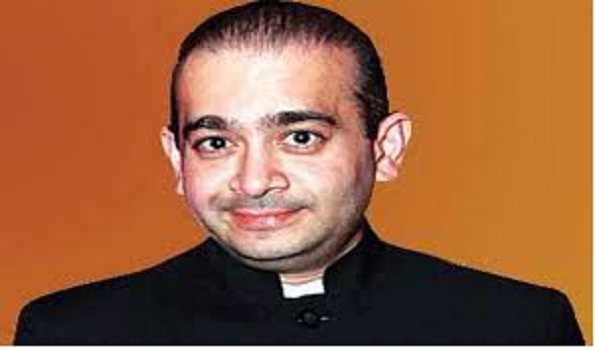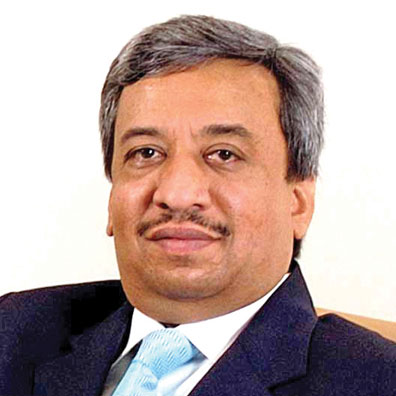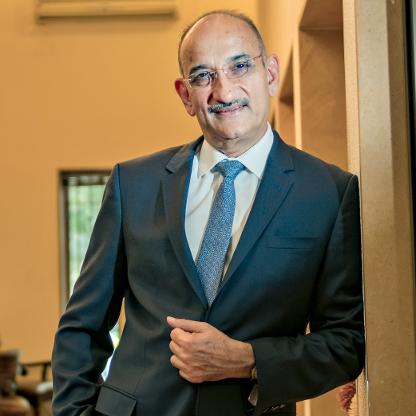Indian billionaires are far outpacing the country’s industrial and economic growth numbers. Among the Indian states, Gujarat has set the most impressive trend of generating wealthy entrepreneurs.Unfortunately, the massive expansion of Indian billionaires in the last four or five years has not added much to the country’s overall wealth and employment.

Indian billionaires are far outpacing the country’s industrial and economic growth numbers. Notably, the number of individuals in the Barclays Hurun India Rich List, 2018, having a minimum wealth of Rs.1,000 crore, grew by a 100 percent since 2016 to a record level of 831. India’s private wealth creation rate is, ironically, now all-time high despite rupee depreciation, rising crude oil prices and fall in industrial investment. The number of unicorns — any tech startup company that reaches a $1-billion dollar market value as determined by private or public investment — have crossed 20 for the first time. Interestingly, the pharmaceutical sector accounted for the most of wealthy entrepreneurs in the country’s fast growing list of rich individuals, followed by the software and services sectors. The average wealth of these super rich Indians in the Barclays list is around Rs. 5,900 crore.

Among the Indian states, Gujarat has set the most impressive trend of generating wealthy entrepreneurs. Traditionally, Maharashtra tops the list, headed by Mumbai-based Mukesh Ambani. But, now Gujarat is fast catching up. As of last year, there were 58 billionaires In Gujarat. Gautam Adani tops the Gujarat billionaires’ list, followed by Cadila Healthcare’s Pankaj Patel. While Adani’s wealth is estimated at Rs.71,200 crore, Pankaj Patel has Rs.32,100 crore. IIT-Kanpur grad Bhadresh Shah’ s wealth is over Rs.9,700 crore. With only Rs.100,000 in capital, the metallurgical engineer set up a small foundry that made pressure dye castings and succeeded in losing all his money in the first year. Bhadresh Shah of AIA Engineering is now one of the country’s richest entrepreneurs. Ahmedabad is home to 84 percent of Gujarat’s 58 billionaires. Karsanbhai Patel is the fourth richest in the state with wealth of Rs.9,600 crore. Two brothers of Torrent Pharmaceuticals — Samir and Sudhir Mehta — are next, each having Rs 8,300 crore. Of the total Gujarat billionaires, 49 are based in Ahmedabad, five in Rajkot, three in Surat and one in Vadodara.

Unfortunately, the massive expansion of Indian billionaires in the last four or five years has not added much to the country’s overall wealth and employment. While the GDP, aided largely by imports, has grown by an average of only around 6.8 percent, the industrial growth hovered around four percent. India’s Industrial production rose only 0.1 percent on year-on-year basis in February 2019, following an increase of 1.4 per cent YoY in the previous month. India’s Industrial production index growth data data reached an all-time high of 20.0 per cent in Nov 2006 and a record low of -7.2 percent in Feb 2009. The Index covers mining, manufacturing and electricity sectors. The 150 percent-plus billionaires’ growth in the last four years had little positive impact on India’s key economic indicators. It did not lead to noticeable fresh industrial investments, higher production, profitability, larger employment, better banking performance and lower international trade gap.
Sadly, the country’s economic and industrial growth in the last five years has almost been jobless. The unemployment rate is rising in stark contrast of the growth of India’s wealthiest. According to data compiled by the Centre for Monitoring Indian Economy, the unemployment rate rose to 7.2 percent in February 2019, the worst in 28 months. The labour force is down 25.7 million since September 2016 and the number of employed persons has declined by 18.3 million in the same period. While the unemployment rate has shot up from 5.9 percent in February 2018 to 7.1 percent in January, 2019, the labour participation rate — the proportion of the working age population, comprising those over 15 years of age, that is either employed or unemployed but actively looking for a job — has been ironically falling.
Also, in contrast, bankruptcies are growing. And, so are the non performing assets of India’s public sector-led banking system. The likes of individually rich Nirav Modi, Mehul Choksi, Vijay Mallya, Anil Ambani and, now, Naresh Goyal have been contributing to the bank NPAs. As of March 31, 2018, provisional estimates suggest that the total volume of gross NPAs in the economy was Rs 10.35 lakh crore. About 85 percent of these NPAs are from public sector banks. For instance, NPAs in the State Bank of India alone are worth Rs 2.23 lakh crore. In the last few years, gross NPAs of banks (as a percentage of total loans) have increased from 2.3 percent of total loans in 2008 to 9.3 percent in 2017. This indicates that an increasing proportion of a bank’s assets have ceased to generate income for the bank, lowering the bank’s profitability and its ability to grant further credit. Escalating NPAs require a bank to make higher provisions for losses in their books.The country would have strongly stood by its fast growing billionaires brigade and rejoiced their achievement if their ever-growing private wealth also helped the creation of national wealth, bolstered the banking sector and created large employment and income. Indian billionaires would have probably felt more ‘at home’ in their home country than spending fortune to ‘buy’ residential status in other countries such as the UAE, the USA, the UK, Cyprus, Thailand, Malaysia and Australia. The quantum of money sent through the liberalised remittance scheme alone to buy property abroad increased 59 times from $1.9 million in 2005-06 to $111.9 million in 2016-17. Many of them have become rich NRIs, living mostly on large business income from India, and receive red carpet welcome in the country on the NRI Day, observed once in two years on January 9 to mark their contribution to India’s development. Ironically, the day is marked in the memory of Mahatma Gandhi, once a NRI in South Africa, who returned to India on January 9, 1915, to lead the country’s freedom movement and never to return


